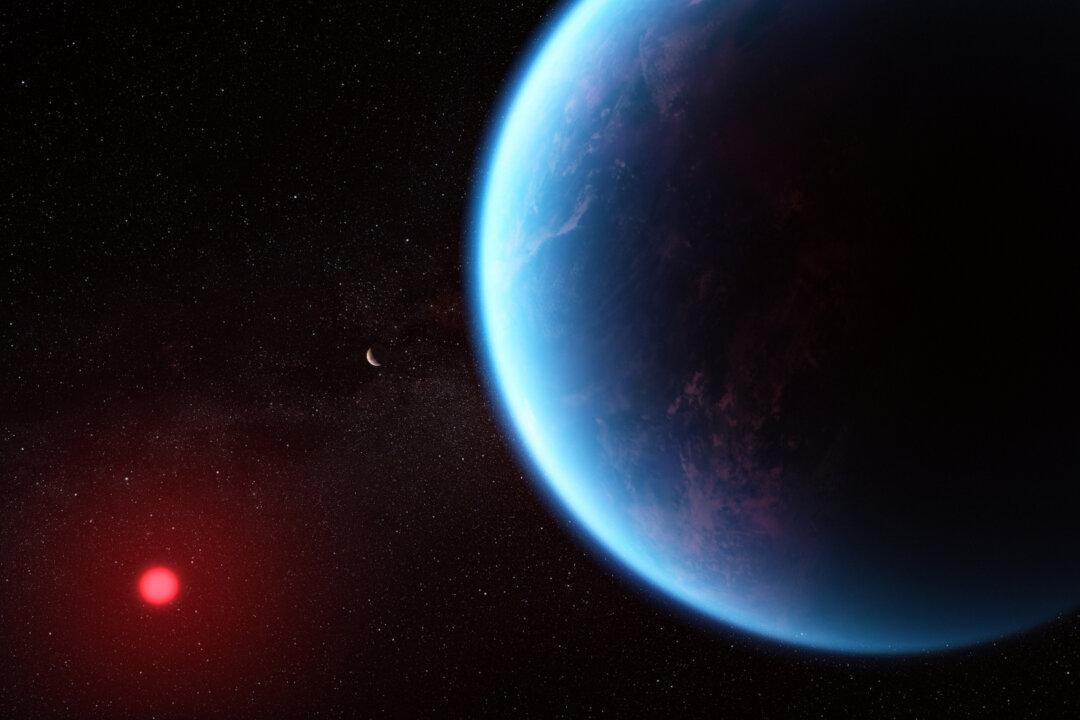NASA’s James Webb Space Telescope has discovered a giant Earth-like exoplanet located scores of light years away in a habitable zone known to harbor carbon-bearing molecules—meaning the planet may support life.
The space agency announced in a statement this week that a spectral analysis of K2-18 b—an exoplanet about eight times as massive as Earth located some 120 light years away—detected significant levels of carbon-bearing molecules including methane and carbon dioxide.





